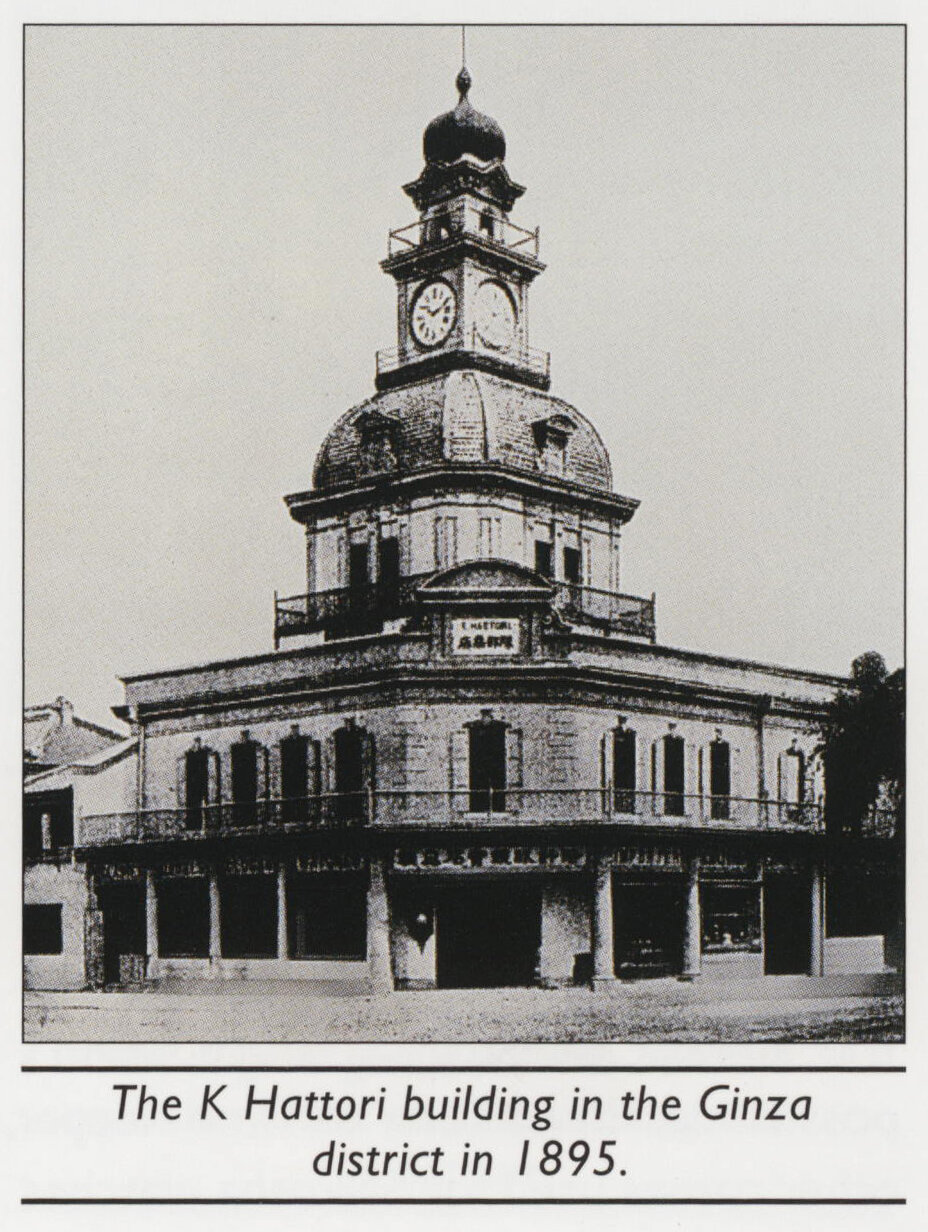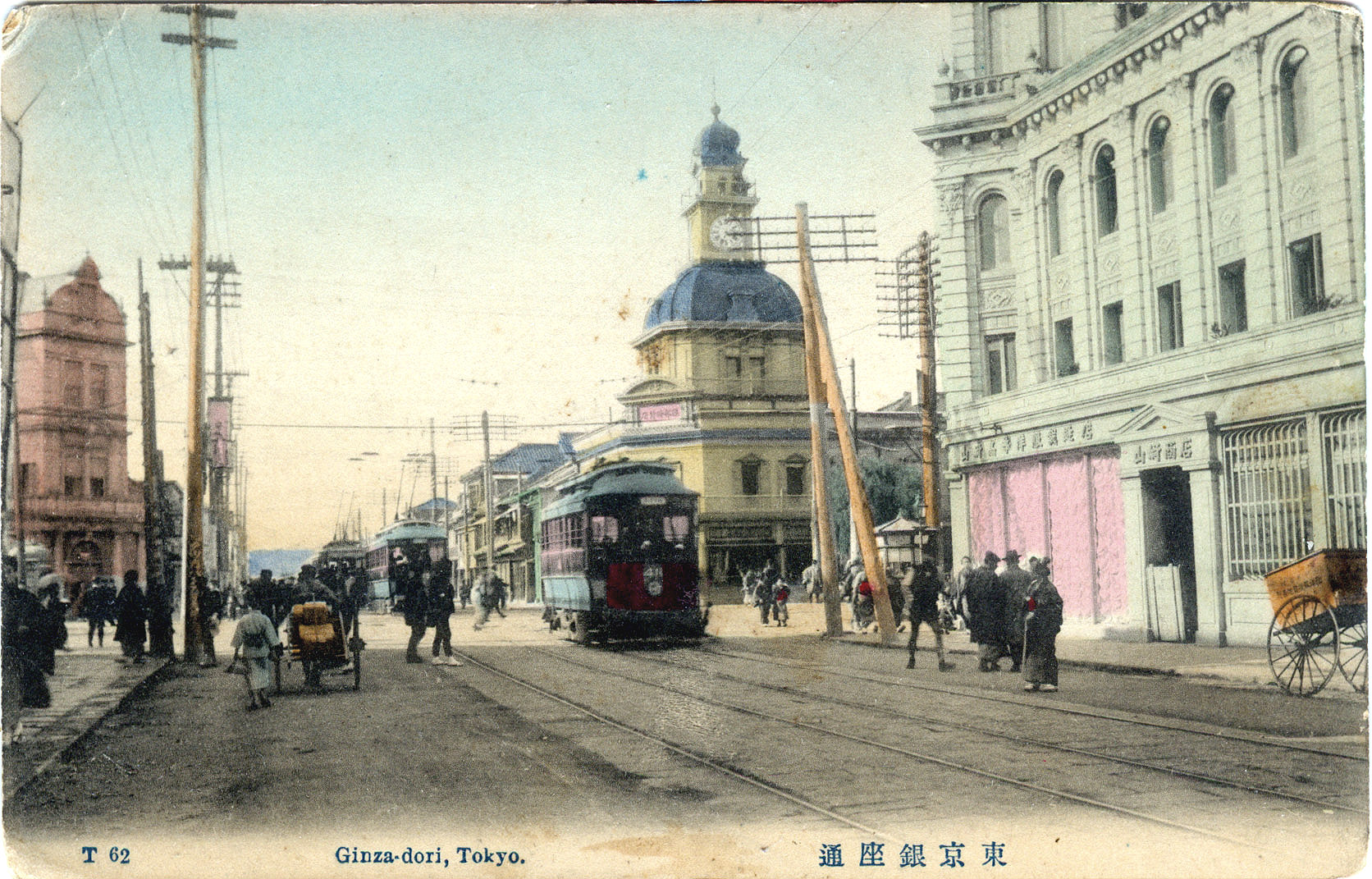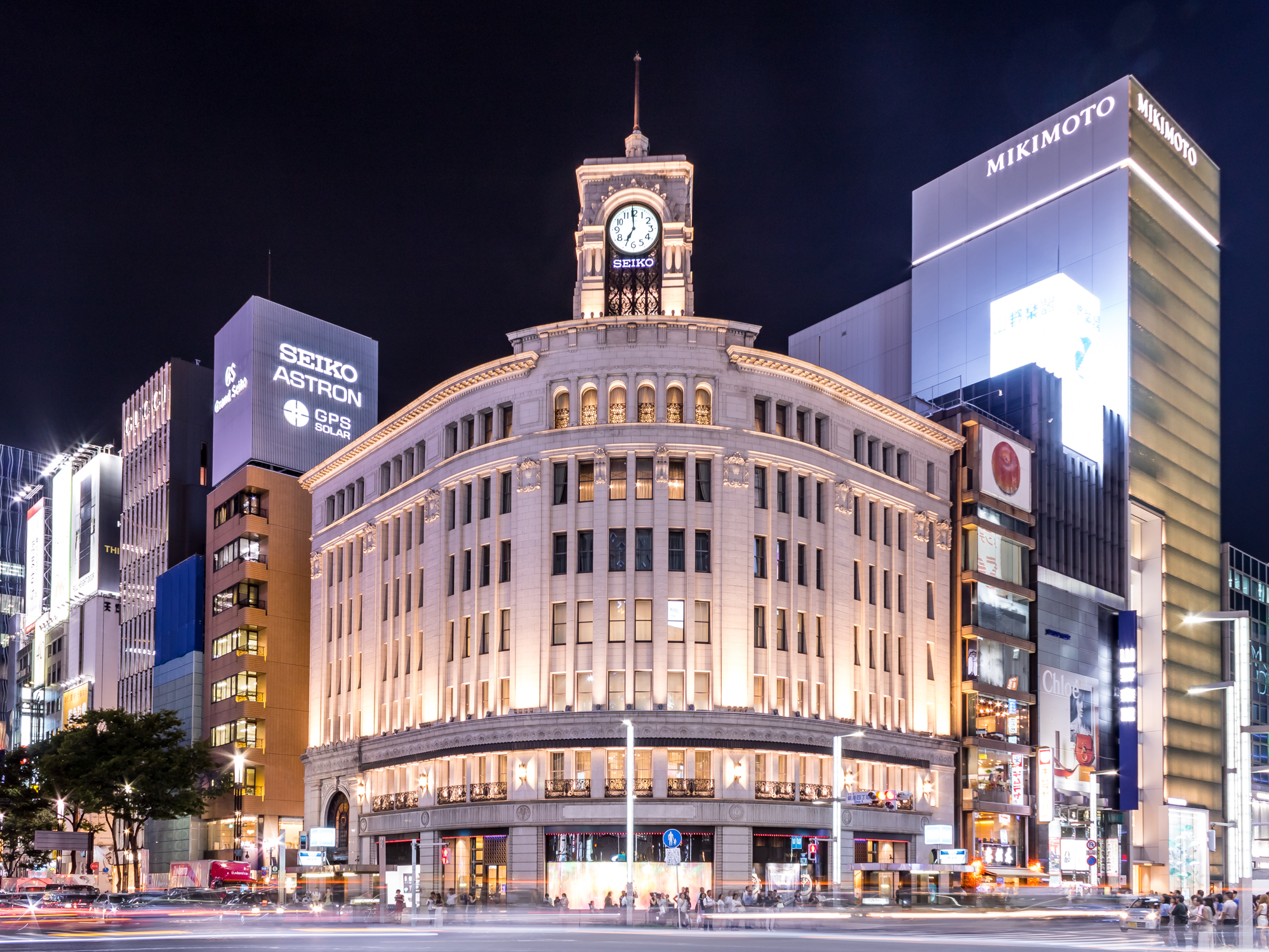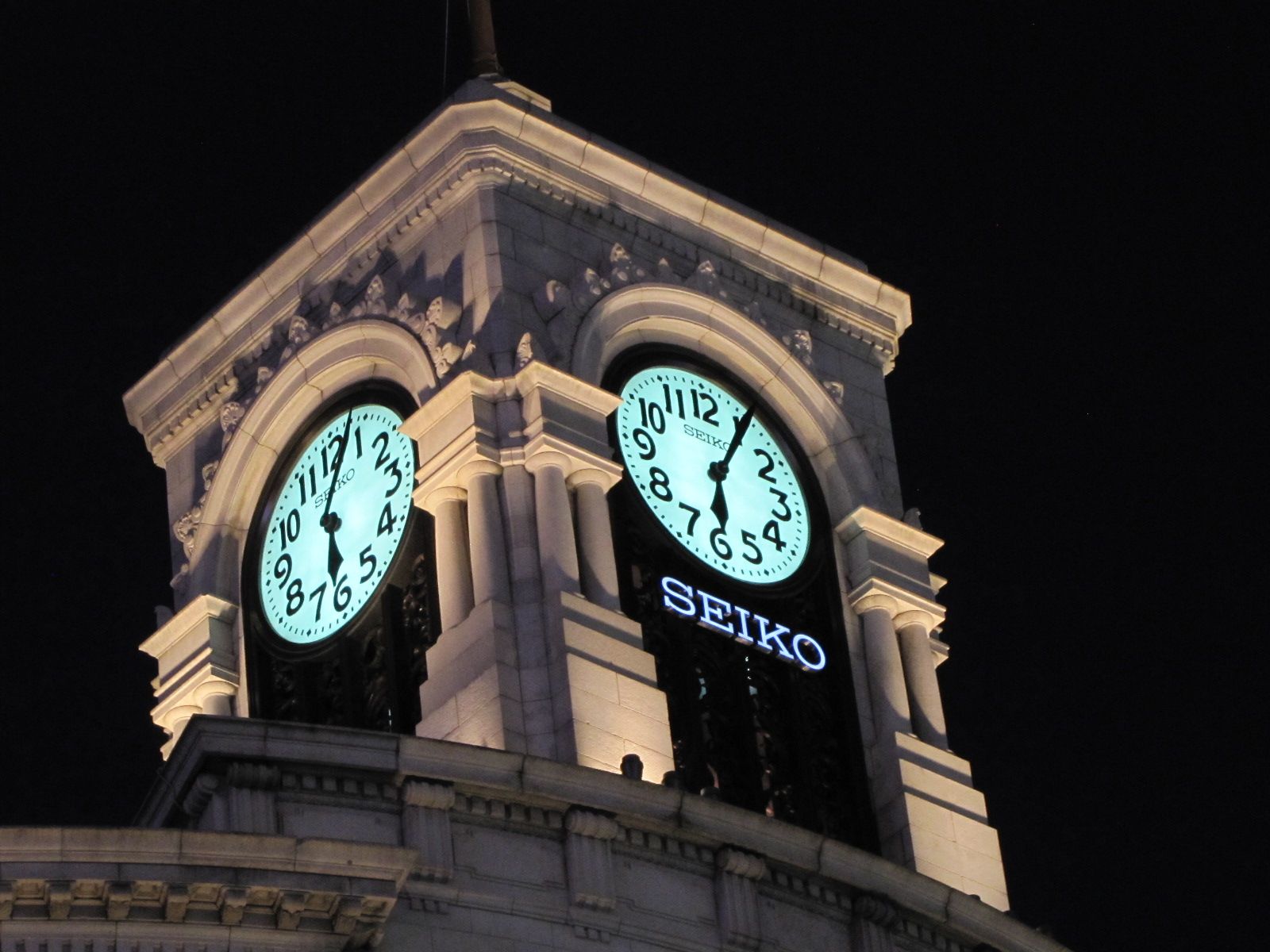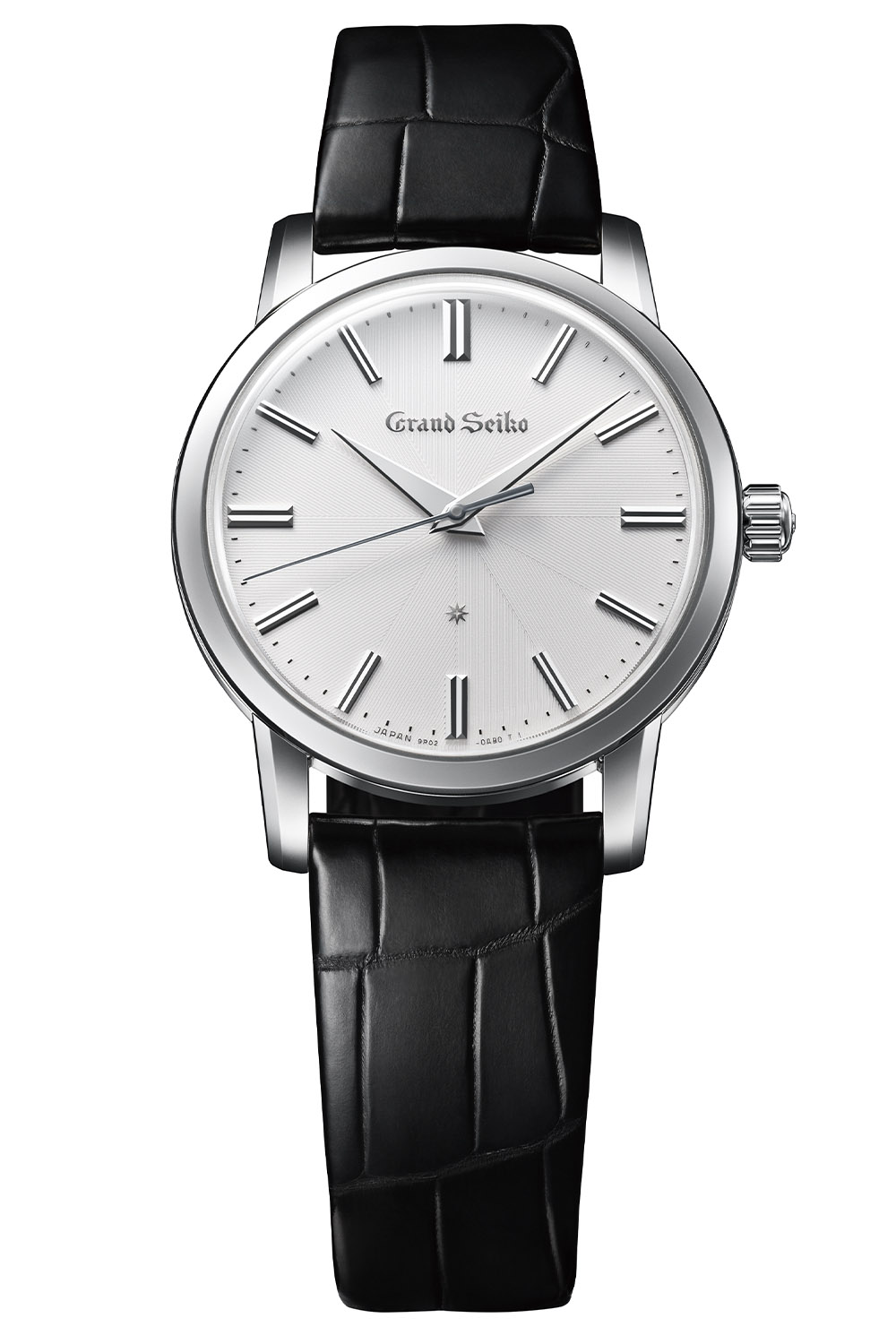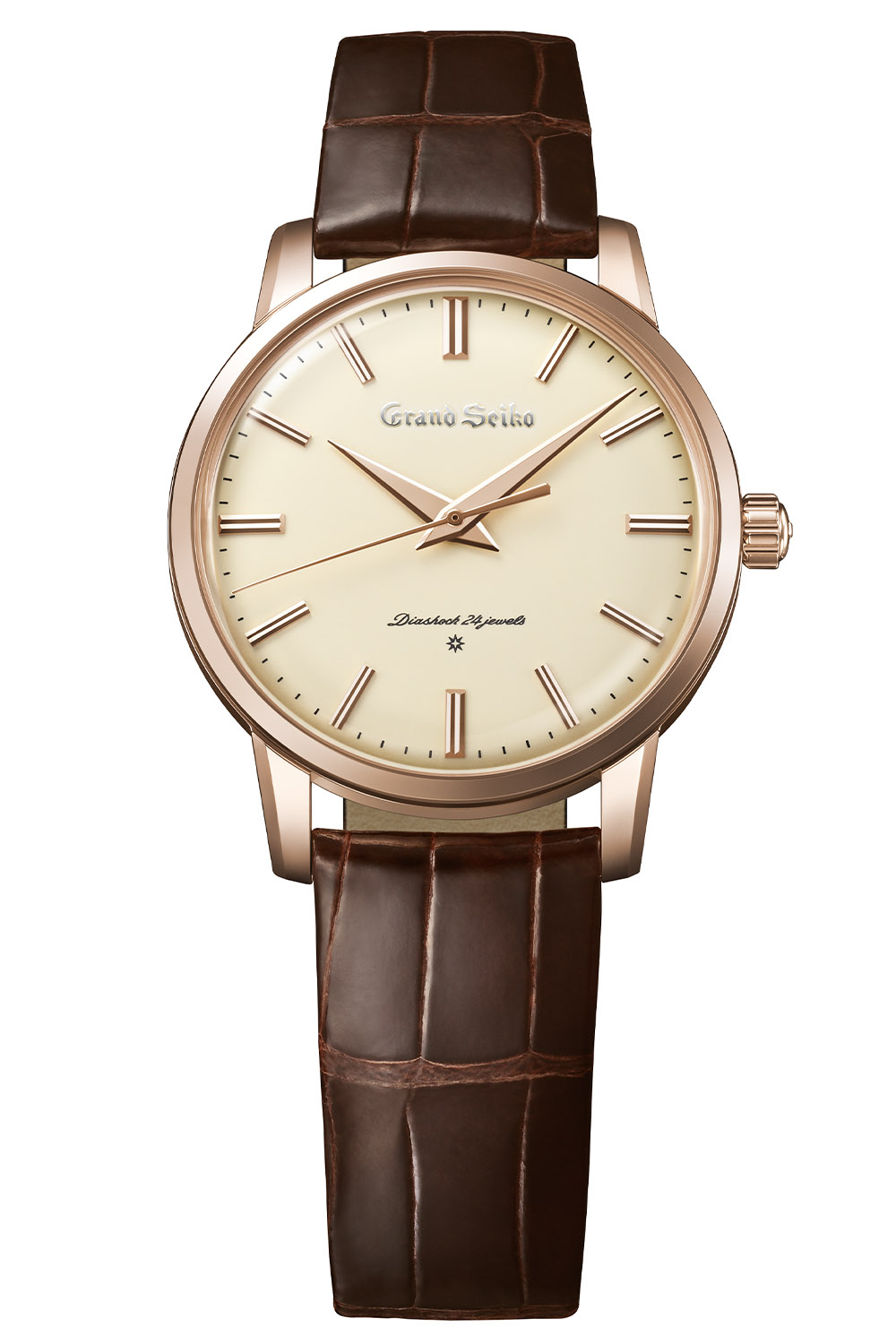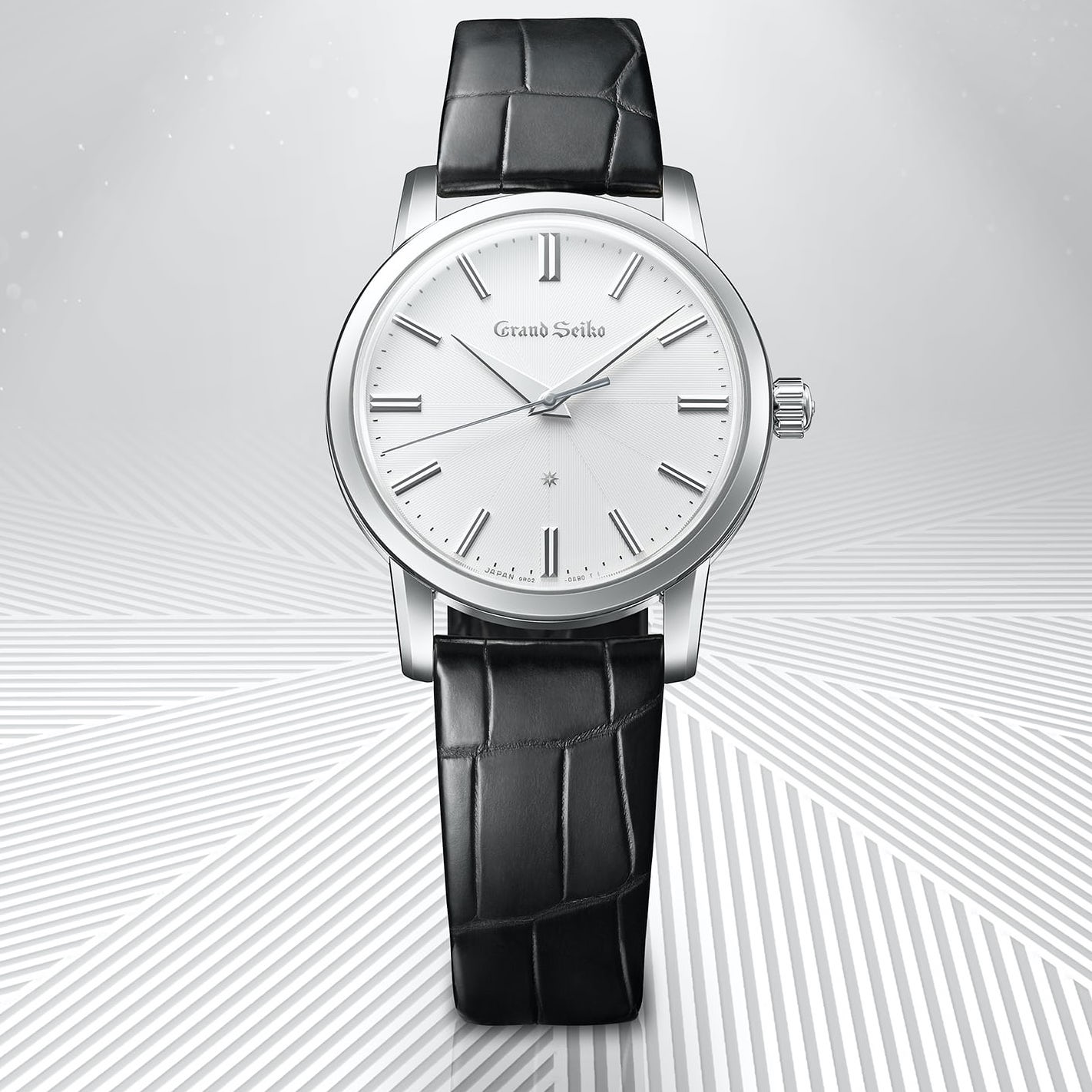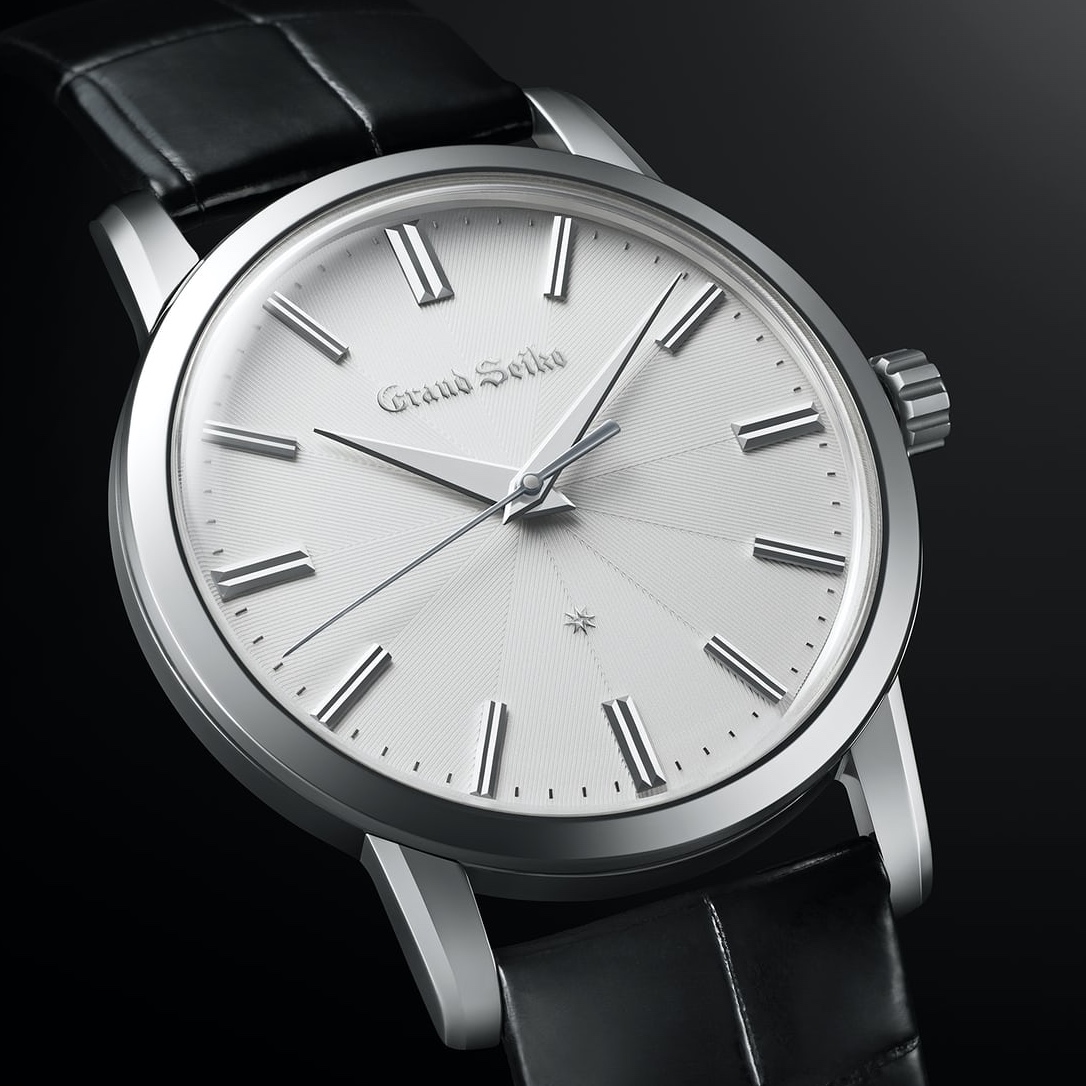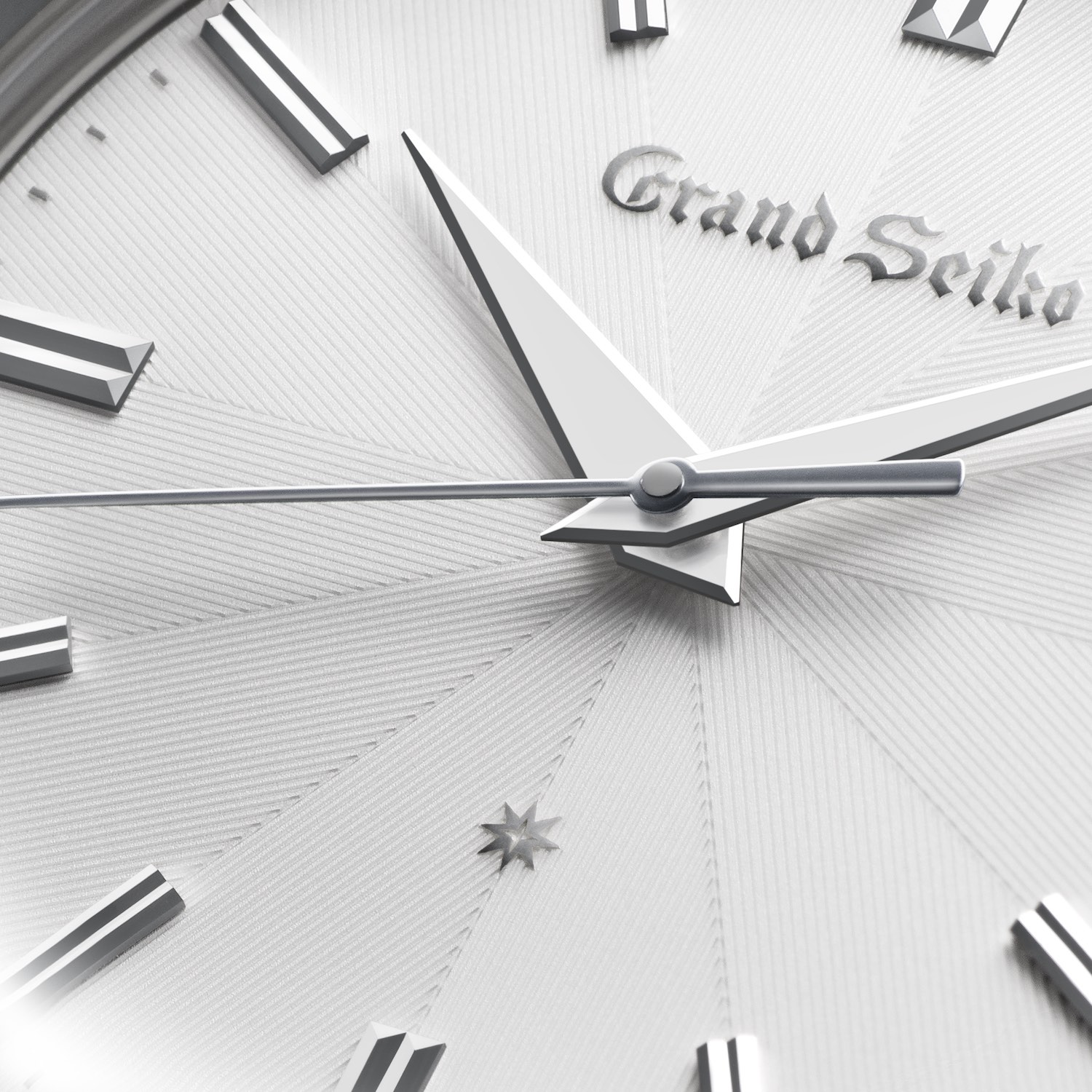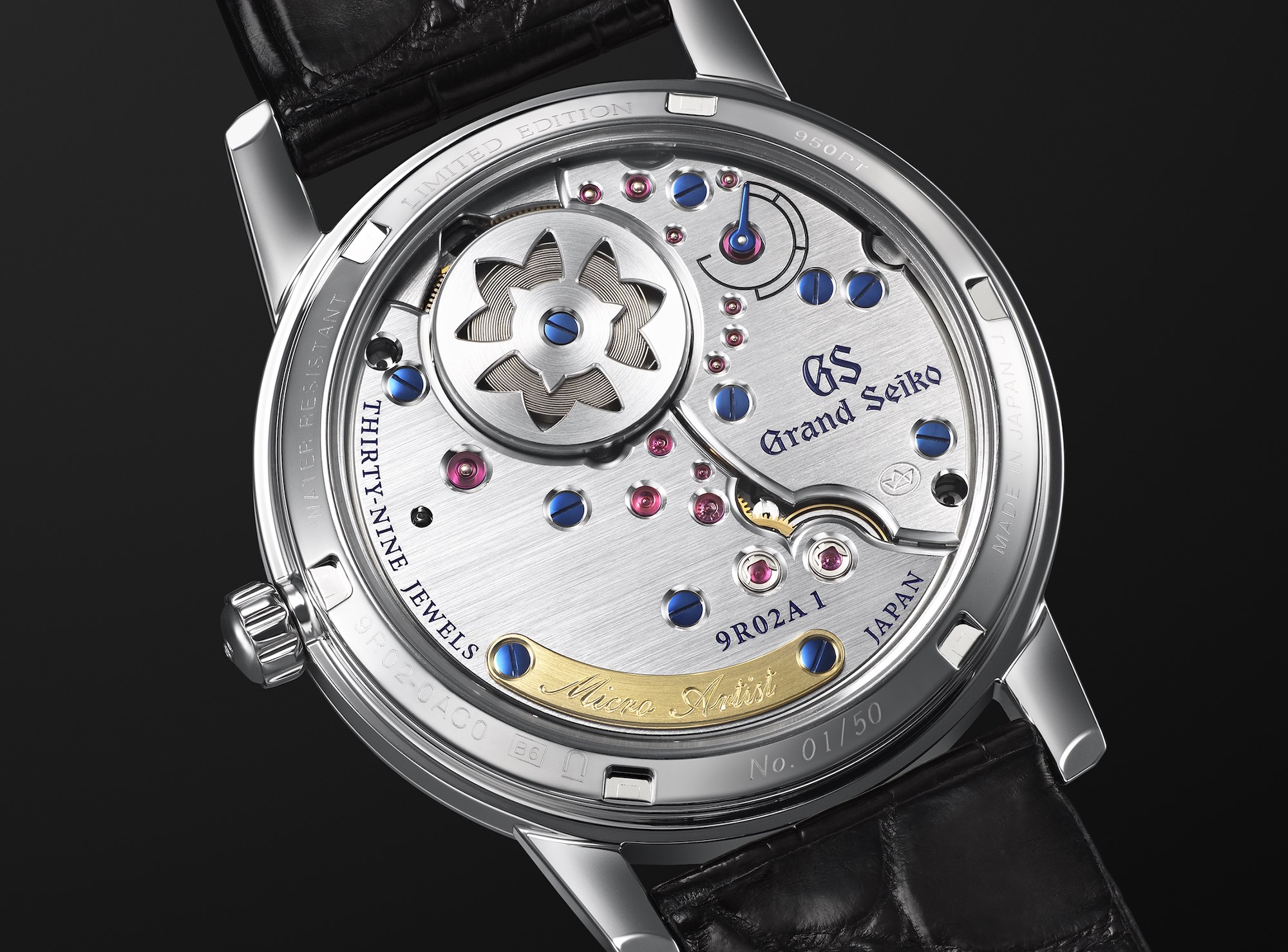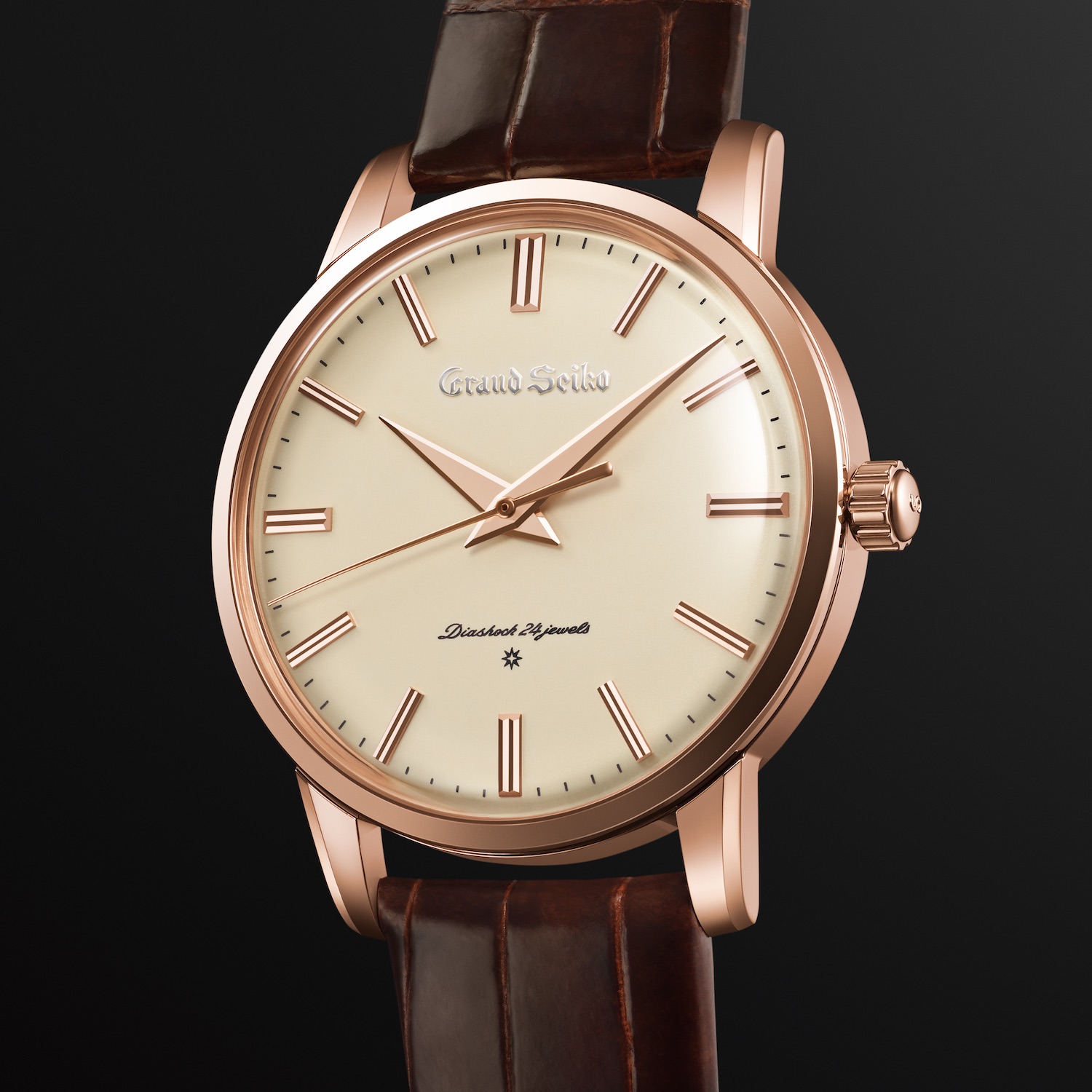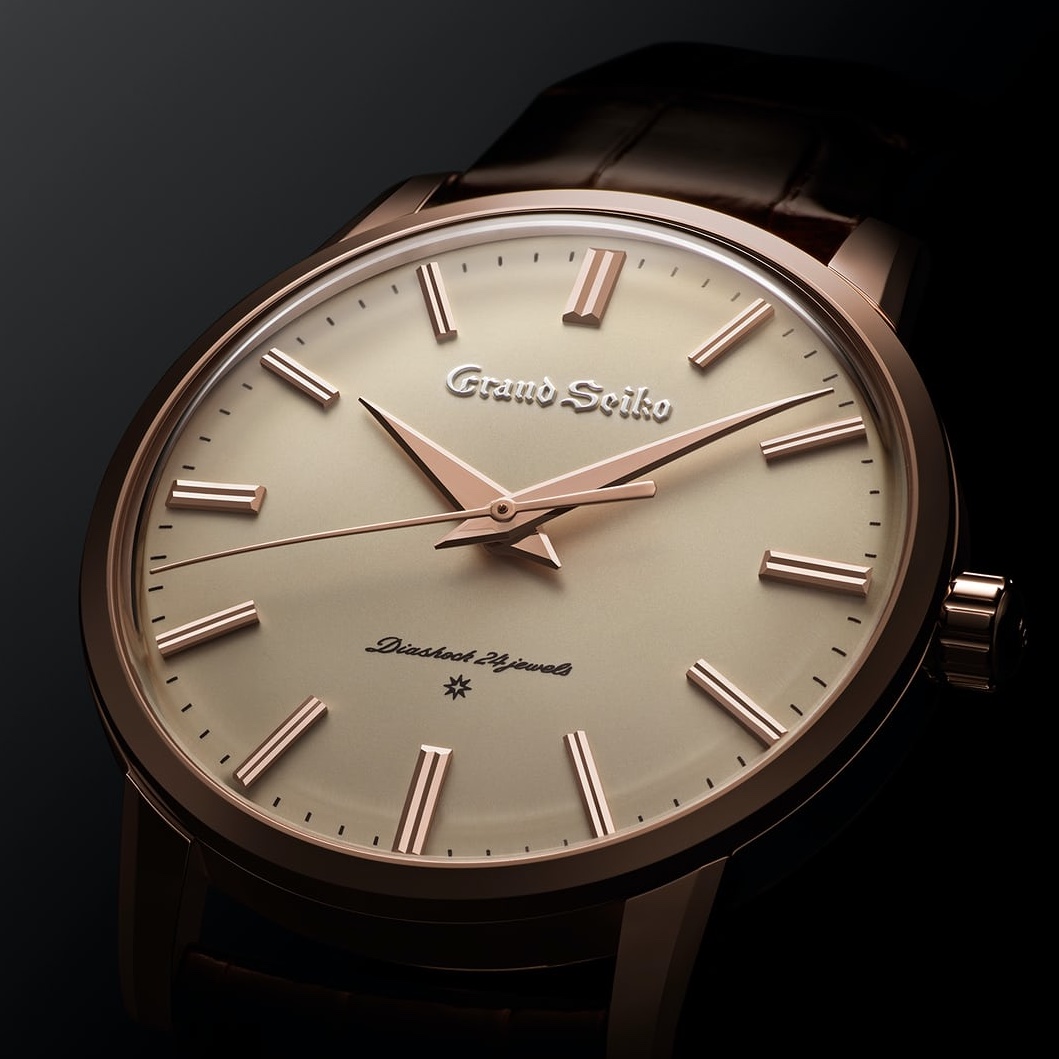The Story of Kintaro Hattori, Founder of Seiko, And the GS Watches in his Honor (SBGZ005 & SBGW260)
A review of the life and times of Kintaro Hattori, the ‘King of Watches in the East’, and the two special anniversary models.
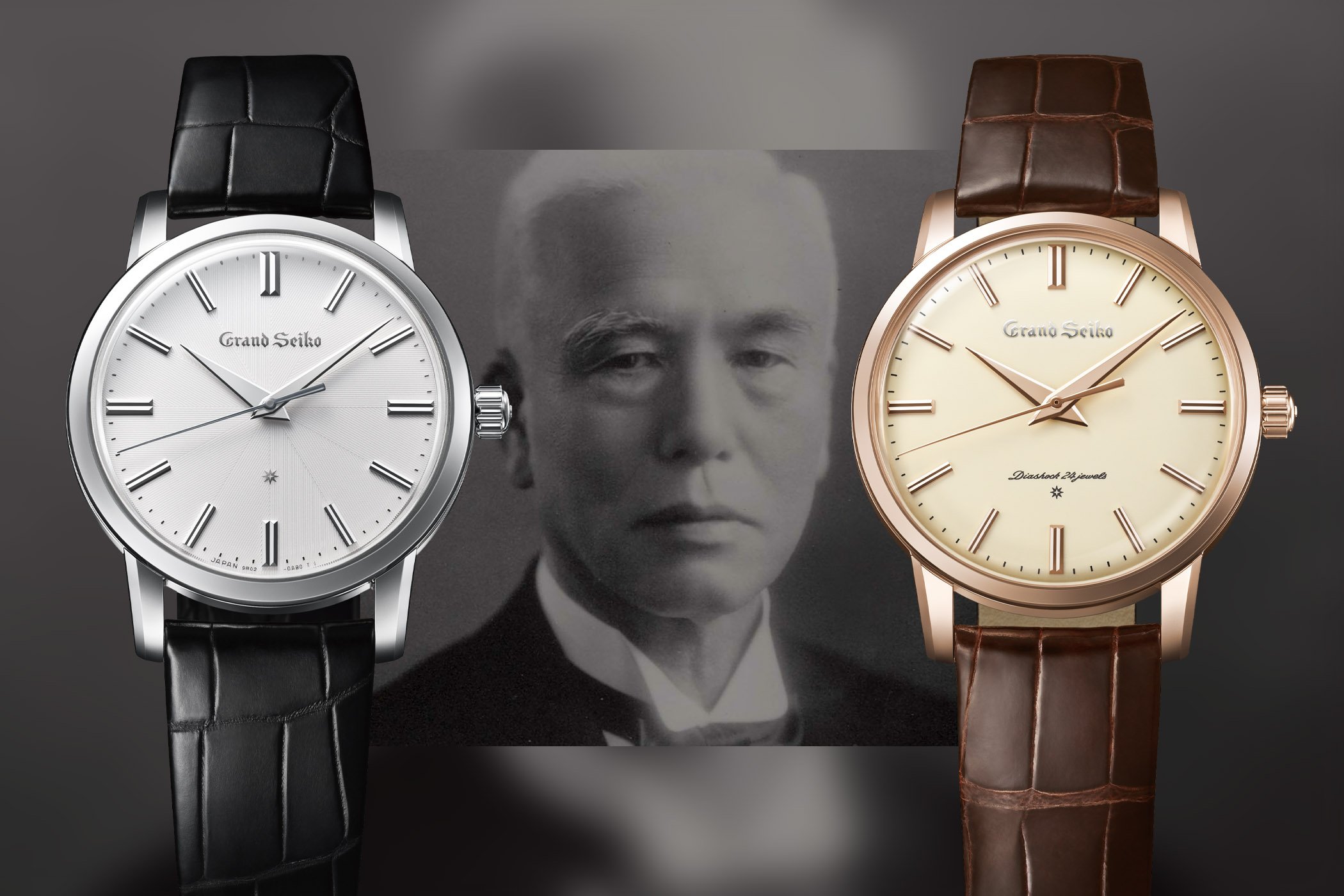
This November 2020 will mark the 160th anniversary of the birth of Kintaro Hattori, the “King of Watches in the East”. A diligent and ambitious entrepreneur, Hattori built and rebuilt the foundations of the most powerful and innovative Japanese watch brand on the market today. To mark this special anniversary, Grand Seiko releases a platinum Spring Drive edition limited to 50 pieces, the SBGZ005. Another exceptional piece, designed to celebrate the upcoming 140th anniversary of the founding of Hattori’s company, is a recreation of the first Grand Seiko of 1960 in 18k rose gold, the SBGW260. However, before we look at the watches, let’s take a look at the man who put Japan firmly on the world’s map of watchmaking.
Early years
With its prolific production of high-tech products, it’s hard to believe that once upon a time Japan was deliberately isolated from the rest of the world. Instigated by the Tokugawa shogunate, Japan’s isolationist foreign policy was known as Sakoku and lasted from 1639 to 1853. By the time Kintaro Hattori was born in 1860, Japan was undergoing a period of rapid modernisation to catch up after centuries of isolation.
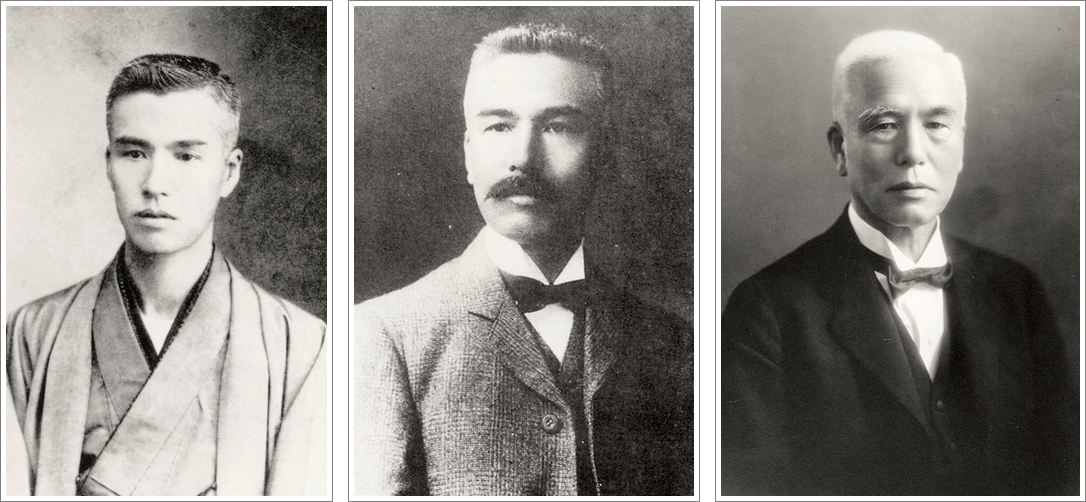
Kintaro Hattori was fascinated with all things mechanical, and by the age of 13 was apprenticed to become a clockmaker. We get a first glimpse of the founder’s generous and loyal character following the bankruptcy of the Sakata Clock Shop in Ueno, where he learned how to repair and sell timepieces. To express his gratitude to the owner, Hattori offered him the money he had saved while working there. By 1877 he was repairing and selling timepieces at his home, and by 1881, when he was just 21, he felt confident enough to establish his own company, K. Hattori & Co.in Tokyo.
“It is better to do something continuously, perpetually and untiringly than to hustle and fail.”
Going Solo
Western pocket watches became increasingly popular in Japan, and Japanese wholesalers had to purchase them from foreign trading companies. However, there was a spanner in the works: foreign companies functioned on a 30-day payment schedule, a fact that clashed with traditional Japanese business practices that only paid twice a year. Proving that he was willing to adopt a new way of doing business, Hattori never wavered from his policy of honouring agreements. His policy paid off, and foreign companies gave preferential treatment in the distribution of new models to K. Hattori & Co.
Feeling ever more confident, Hattori moved his business to the downtown commercial centre of Ginza and in 1895 constructed a building with a 16-metre clock tower. Using the money he had earned selling imported timepieces, Hattori began manufacturing clocks in 1892. His Seikosha Factory, meaning House of Precision, started producing quality wall clocks. To ensure that his employees were properly trained, he built a dormitory house on the premises offering evening classes and insisting his students learn mathematics and calligraphy. Hattori’s insistence on proper training was a lifelong pursuit and evening classes offering middle school education, and later the Hattori School of Commerce were open to his employees. By 1895, just three years after the foundation of Seikosha, the company was exporting, and by 1911, Seikosha had cornered 60% of the domestic market.

Industrialisation
Machinery eventually began to replace manpower at Seikosha. Following visits to the West, Hattori returned with powerful steam engines and state-of-the-art machine tools. His ambition was to build the most advanced manufacture of the day and to integrate every stage of production under one roof. Starting with wall clocks in 1892, products like alarm clocks and models like Time Keeper, Excellent and Empire pocket watches followed culminating in 1913 with the Laurel, Japan’s first wristwatch. Quality-wise, the rustproof nickel-plated cases inside the alarm clocks were far superior to the iron cases inside German alarm clocks, and the Japanese market warmed to Seikosha’s high standards of quality. The Empire pocket watch was also deemed superior to western models and was produced for 26 years.

Demand for the Laurel wristwatch skyrocketed after the outbreak of World War I in Europe. During the war, German timepiece exports came to a halt boosting demand for Seikosha products not just on the domestic market, but foreign markets too. Seikosha received orders for 600,000 alarm clocks from the UK and 300,000 from France. By 1915, Hattori’s watches and clocks dominated the Asian market, and he became known as the “King of Timepieces (Watches) in the East”.
The Great Kanto earthquake of 1923
On the 1st of September 1923, an earthquake with a magnitude of 7.9 struck the Tokyo-Yokohama metropolitan area. The shock generated a tsunami and fires swept through the city. With a death toll of over 140,000, the Great Kanto earthquake prompted government officials to consider relocating the capital to a less earthquake-prone region. The fire completely destroyed the company building in Ginza and the Seikosha manufacture. In true Japanese spirit, Hattori counted his losses and in four days started to rebuild the manufacture. To compensate customers whose watches had been sent for repair and consequently destroyed in the fire, Hattori placed an advert in the newspaper offering a replacement watch.
By December 1924, Seikosha had been rebuilt, and wristwatch production resumed under a new brand name: Seiko. The K. Hattori & Co. store in downtown Ginza was also reconstructed in 1932 along with its emblematic clock tower; it is still a landmark heritage building in Ginza to this day (Wako building, seen above). Hattori died in 1934 at the age of 73.
Grand Seiko Spring Drive SBGZ005
The Grand Seiko Masterpiece Collection Kintaro Hattori 160th Anniversary Limited Edition ref. SBGZ005 is a dream come true for many Grand Seiko aficionados with a penchant for smaller, slimmer models. Measuring 37.5mm in diameter and with a slim case height of 9.6mm, this Spring Drive model is housed in a refined platinum 950 case. Zaratsu polished to achieve a perfect distortion-free finish, this special anniversary watch is made by the elite team of watchmakers at Grand Seiko’s Micro Artist Studio in Shiojiri. The dial is a work of art with an intricate geometric pattern emanating in 12 triangular sections from the centre and engraved with sharp lines at different angles. The star applied to the dial at 6 o’clock indicates that the indices are solid gold, in this case beautifully crafted and faceted in white gold. Even the seconds are depicted with applied gold markers as are the sharply bevelled hour and minute hands. The characteristic play of light and shadow of every Grand Seiko watch is achieved with the geometric background and the bright shine emanating from the indices and hands.
The SBGZ005 is powered by the manual-winding Spring Drive calibre 9R02 and assembled, adjusted and finished by hand in the Micro Artist Studio. With its Dual Spring Barrel and Torque Return System, the movement delivers a power reserve of 84 hours. The cover over the barrel echoes the bellflower that is the symbol of Shiojiri, and a power reserve indicator is placed on the bridge. Accuracy is rated at ± 1 second per day. Limited to 50 pieces, the watch will be available in January 2021 in Grand Seiko boutiques worldwide.
Quick facts: 37.5mm x 9.6mm – platinum 950, Zaratsu polished – curved sapphire crystal with anti-reflective coating over dial, see-through caseback – 30m water-resistant – Spring Drive calibre 9R02 – manual-winding- 84h power reserve – black crocodile strap with three-fold platinum clasp with push-button release – limited to 50 pieces – SBGZ005 – EUR 106,000
Grand Seiko 140th Anniversary SBGW260
This recreation of a model from 1960 will kickstart the celebrations of the 140th anniversary of the company’s foundation in January 2021. The 18k rose gold case of this SBGW260 measures 38mm and has a slim profile of 10.9mm. To mark the anniversary, the indices are also made from rose gold and like the hands, faceted, bevelled and polished to an incomparable brilliance. The manual-winding calibre 9S64 provides 72 hours of power reserve and can be viewed on the reverse side of the case. A gold plate set into the movement’s bridge is engraved with the trademark ‘S’, the same one Kintaro Hattori registered in 1900 as the symbol of his Seikosha manufacture. The watch is limited to 350 pieces and will be available in January 2021 at Grand Seiko Boutiques worldwide.
Quick facts: 38mm x 10.9mm – 18k rose gold – curved sapphire crystal with anti-reflective coating over dial, see-through caseback – 30m water-resistant – manual-winding calibre 9S64 – 28,800vph – 72h power reserve – brown crocodile strap with three-fold rose gold clasp with push-button release – limited to 350 pieces – SBGW260 – EUR 29,800
More information at grand-seiko.com.

